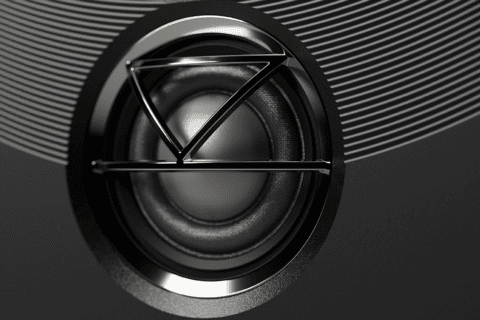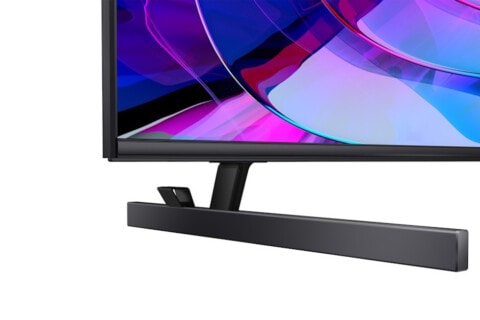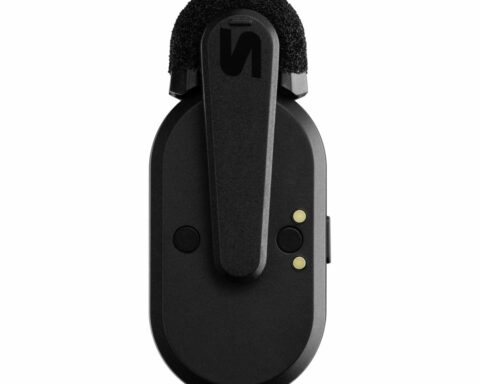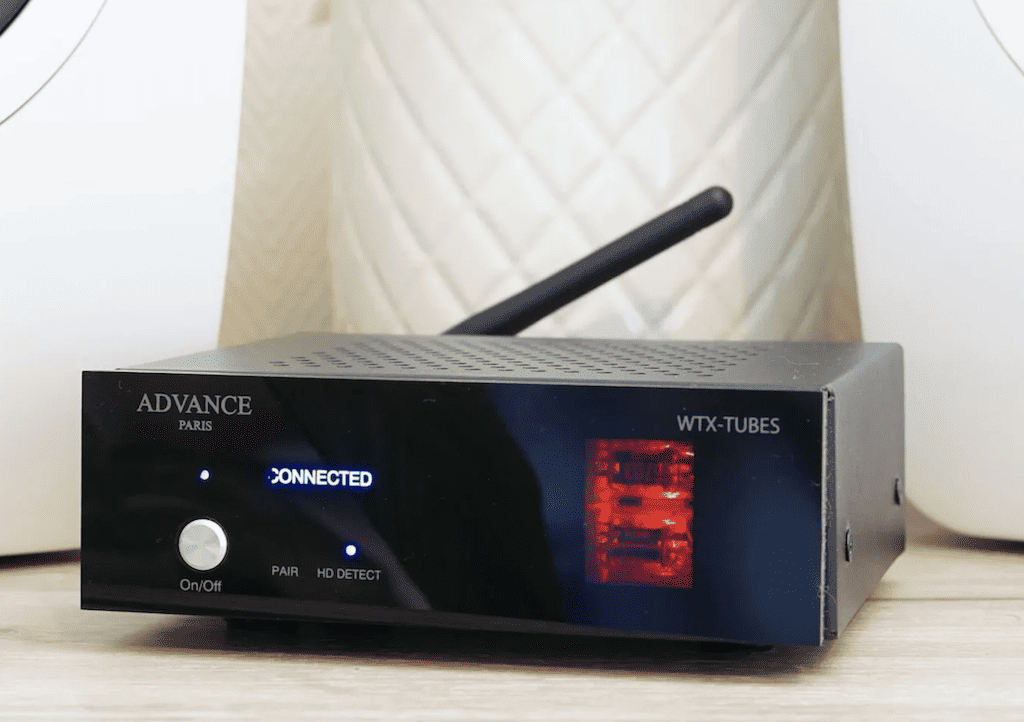PAT PILCHER previews some of the innovations to look forward to in smartphone technology in 2024.

We’ve come a helluva long way since the brick-sized one-trick pony yuppie phones of the ’80s. Today, smartphones are sleek widgets that would’ve been classified as supercomputers back then.
As great as that sounds, what will come with smartphones in 2024? Here are all the goodies you can expect to debut in smartphones over the next year.
Smarties

Siri, Google’s assistant, and Alexa might not be anything new, but things on the AI front are about to get a hell of a lot more exciting for your smartphone. This will largely be thanks to the inclusion of NPUs (neural processing units) to complement the CPU and GPUs already present in your phone.
While I can already hear you muttering, “FFS! Not another 3 letter acronym to remember!” the addition of an NPU will greatly impact the capabilities of that wee rectangular slab you’re carting about in your pockets/purses.
Would you like to support our mission to bring intelligence, insight and great writing to entertainment journalism? Help to pay for the coffee that keeps our brains working and fingers typing just for you. Witchdoctor, entertainment for grownups. Riveting writing on music, tech, hi-fi, music, film, TV and other cool stuff. Your one-off (or monthly) $5 or $10 donation will support Witchdoctor.co.nz. and help us keep producing quality content. It’s really easy to donate, just click the ‘Become a supporter’ button below.
So why all the excitement? An NPU is a dedicated processor designed for one task only: executing machine learning algorithms. This means that your phone will not only become a lot more capable, but it’ll also be hugely more responsive. At the moment, executing an AI query (e.g. asking the Google Assistant or Siri for the weather forecast) sees your query being sent off to a server farm somewhere on the other side of the planet, which processes the query and sees you waiting for the response to be sent back, creating a lag.
With an NPU, much of the computing currently done in a server farm will happen on your phone, allowing it to respond far more quickly. It isn’t just smart assistants, though; adding NPU silicon will also let your phone do a lot of cleverer stuff. Camera tricks currently requiring Photoshop expertise will become a point-and-click undertaking. A simple screen tap can remove power lines, trees, and other objects from photos/videos or tweak images. Video meetings and audio recordings will be able to be transcribed in real-time, while multi-language phone conversations with real-time translation and a host of other really cool smarty-pants AI stuff will become the norm in 2024.
Speediness
 The sheer amount of raw computing power available in smartphones might already be impressive, but that’s just peanuts compared to what is heading towards the humble smartphone in 2024. Chipmakers such as Qualcomm, MediaTek and a host of others have already signalled that the next generation of mobile CPUs will incorporate big changes that’ll give them a huge bump in the amount of processing power on tap.
The sheer amount of raw computing power available in smartphones might already be impressive, but that’s just peanuts compared to what is heading towards the humble smartphone in 2024. Chipmakers such as Qualcomm, MediaTek and a host of others have already signalled that the next generation of mobile CPUs will incorporate big changes that’ll give them a huge bump in the amount of processing power on tap.
Mobile CPUs currently come in what is called a big/little configuration. This involves a combination of “big” CPU cores (for heavy-duty computing chores such as games, etc) as well as more energy-efficient “little” cores for lighter and less demanding computing tasks. The underlying logic is that you get the most computer power out of your phone’s battery by swapping tasks between big and little CPU cores.
Nothing stands still in tech, and silicon design efficiencies mean that a growing number of mobile CPU makers are looking to drop big/little CPU designs for big/medium/big. In some cases, such as MediaTek’s Dimensity 9000 series silicon, they dump little CPU cores completely.
This should result in significantly faster phones for demanding chores such as gaming. The availability of more raw computing grunt could also see the boundaries between smartphones and PCs become increasingly blurred, with docking stations, keyboards and so on becoming more commonplace.
Longevity
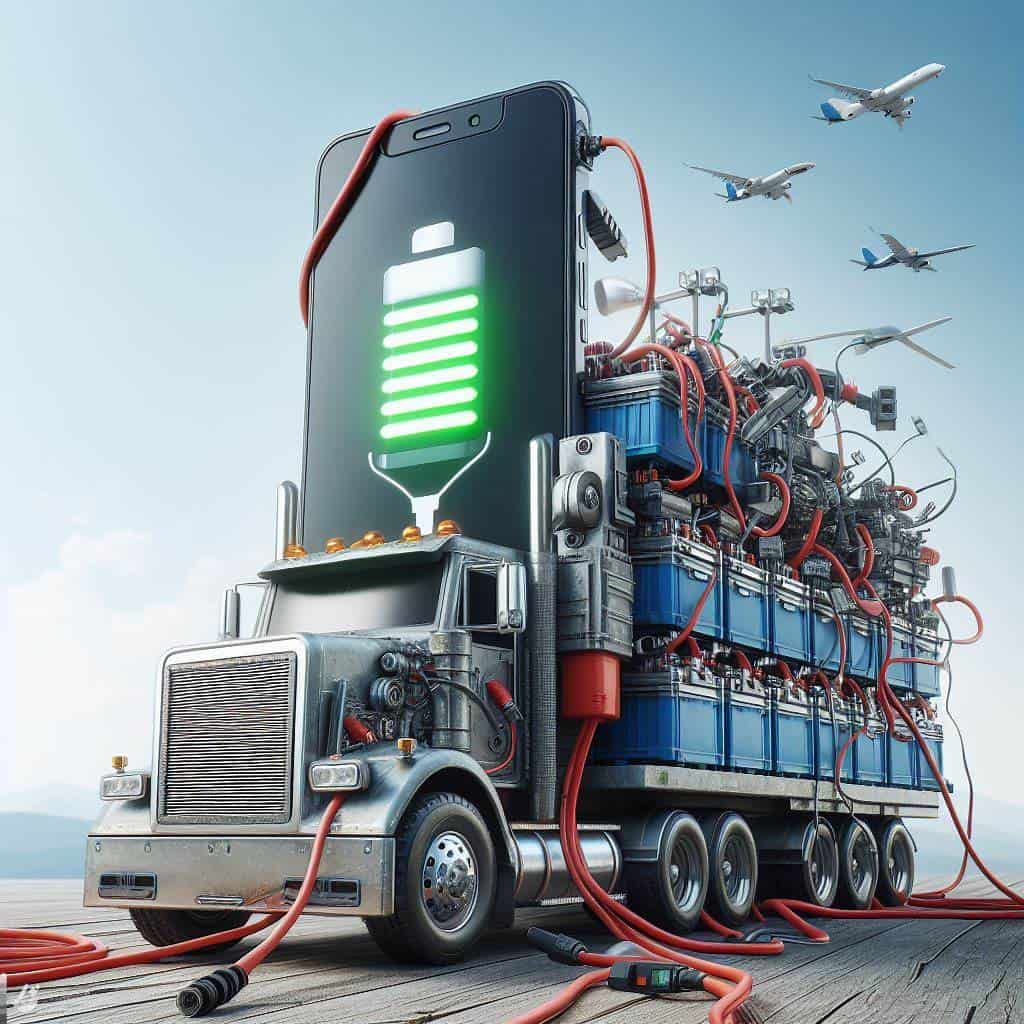 All of this extra computing power will have one key drawback, though, in the form of increased energy consumption. With the current crop of smartphones typically only able to make it through a day with typical use before needing to spend some quality time with a charger, the introduction of more powerful (and energy-hungry) silicon will need better batteries.
All of this extra computing power will have one key drawback, though, in the form of increased energy consumption. With the current crop of smartphones typically only able to make it through a day with typical use before needing to spend some quality time with a charger, the introduction of more powerful (and energy-hungry) silicon will need better batteries.
Enter stage left, solid-state batteries. Unlike today’s lithium-ion batteries, solid-state batteries don’t use a liquid electrolyte. Instead, they use a solid one. This confers them with some pretty nifty and compelling advantages.
For a start, they typically have a much higher energy density, or in non-geek-speak, they can hold a lot more charge, so your phone will run for much longer before needing to be plugged in. Where you’re getting 1-1.5 days of use from most smartphones, a solid-state battery-equipped smartphone could run for several days to a week off a single charge (that said, your mileage will vary depending on how you use your phone and your phone’s spec).
The other big advantage is that solid-state batteries are significantly safer and don’t have the same explosive potential as their lithium-ion counterparts. While this might mean that we’ll see fewer YouTube clips of guy Fawkes’ pocket adventures with smartphones, it could also lead to fewer restrictions on batteries and air travel.
The most useful feature of solid-state batteries will be their charging time. Existing solid-state batteries can charge in a fraction of the time it takes traditional batteries to charge. In recent demonstrations of solid-state battery tech, completely flat solid-state batteries have gone from zero to fully charged in mere minutes, while today’s smartphone batteries take hours.
Last but not least, solid-state batteries are also far more durable. Where lithium-ion batteries wear out a little with each charge/discharge cycle and ultimately become unusable within just 2-3 years, solid-state batteries can be charged/discharged tens of thousands of times, greatly extending the life expectancy of smartphones, which will handily reduce the number of smartphones ending up in a landfill. All told, solid-state batteries could be a smartphone game changer.
Wireless whiz-bang
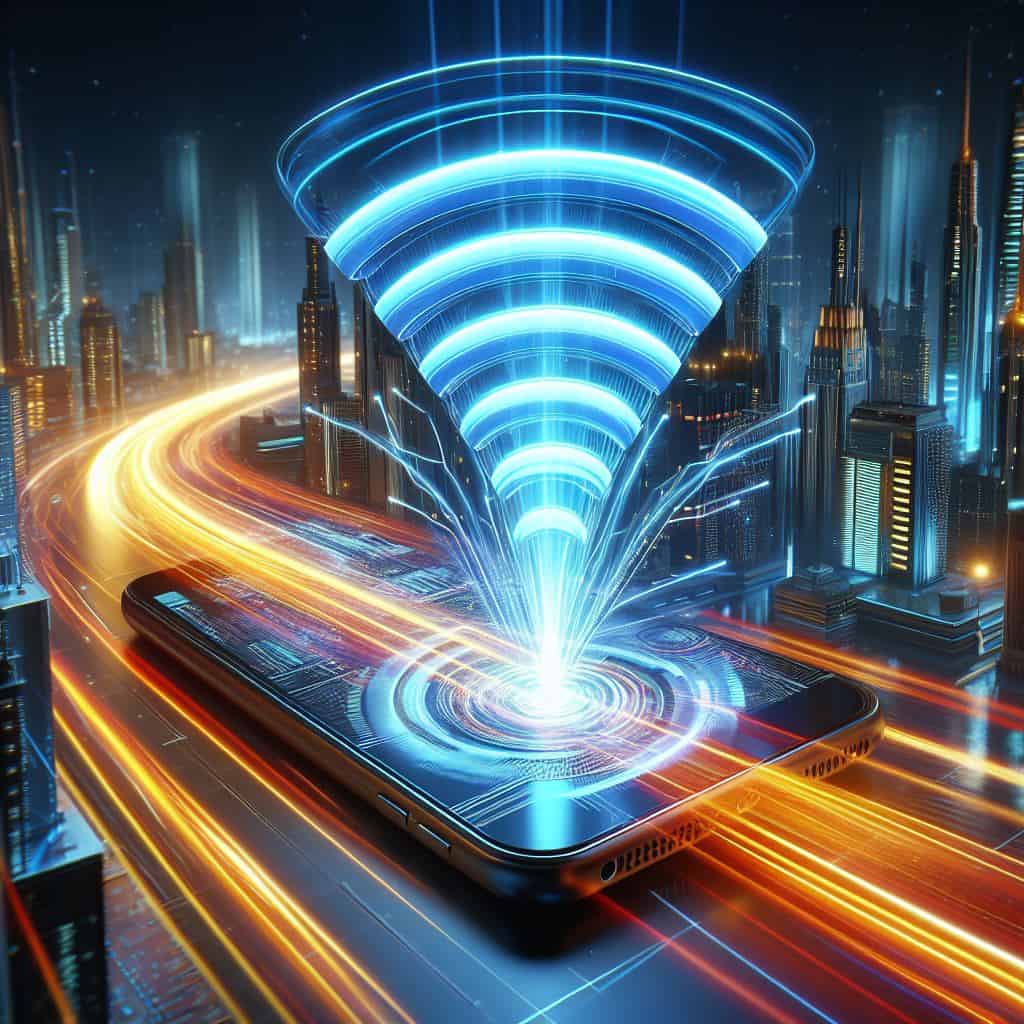 A short while ago, Intel and Broadcom demonstrated Wi-Fi 7, achieving data speeds faster than 5Gbps. While most smartphones top out at Wi-Fi 6 and Wi-Fi 6E, Wi-Fi 7 will sport five times more network capacity than the already blazingly fast Wi-Fi 6E standard. Equally importantly, you’ll also get up to 100 times better latency, making for even better responsiveness, which is great news for anyone playing multiplayer games.
A short while ago, Intel and Broadcom demonstrated Wi-Fi 7, achieving data speeds faster than 5Gbps. While most smartphones top out at Wi-Fi 6 and Wi-Fi 6E, Wi-Fi 7 will sport five times more network capacity than the already blazingly fast Wi-Fi 6E standard. Equally importantly, you’ll also get up to 100 times better latency, making for even better responsiveness, which is great news for anyone playing multiplayer games.
Wi-Fi 7 will be faster and more responsive, but what’s the big deal? From a technical perspective, it’ll use “4K QAM” modulation. In plain English, this translates into more data that can be stuffed into the same wireless spectrum. Add to this the ability to use simultaneous connections across different bands with what networking equipment makers call “multi-link operation.” You’ll also get increased channel utilisation efficiency, which could translate into less crowded Wi-Fi channels and greater bandwidth flexibility. With built-in traffic management, increasingly connected homes and apartments might also find that network connectivity becomes far more reliable.
Wi-Fi 7 will require a Wi-Fi 7 capable router to work, but NETGEAR, D-Link, and a host of other consumer networking gear manufacturers have all signalled that 2024 will be the year that they’ll hit the market with Wi-Fi 7 capable gear.
Smarter Snappers
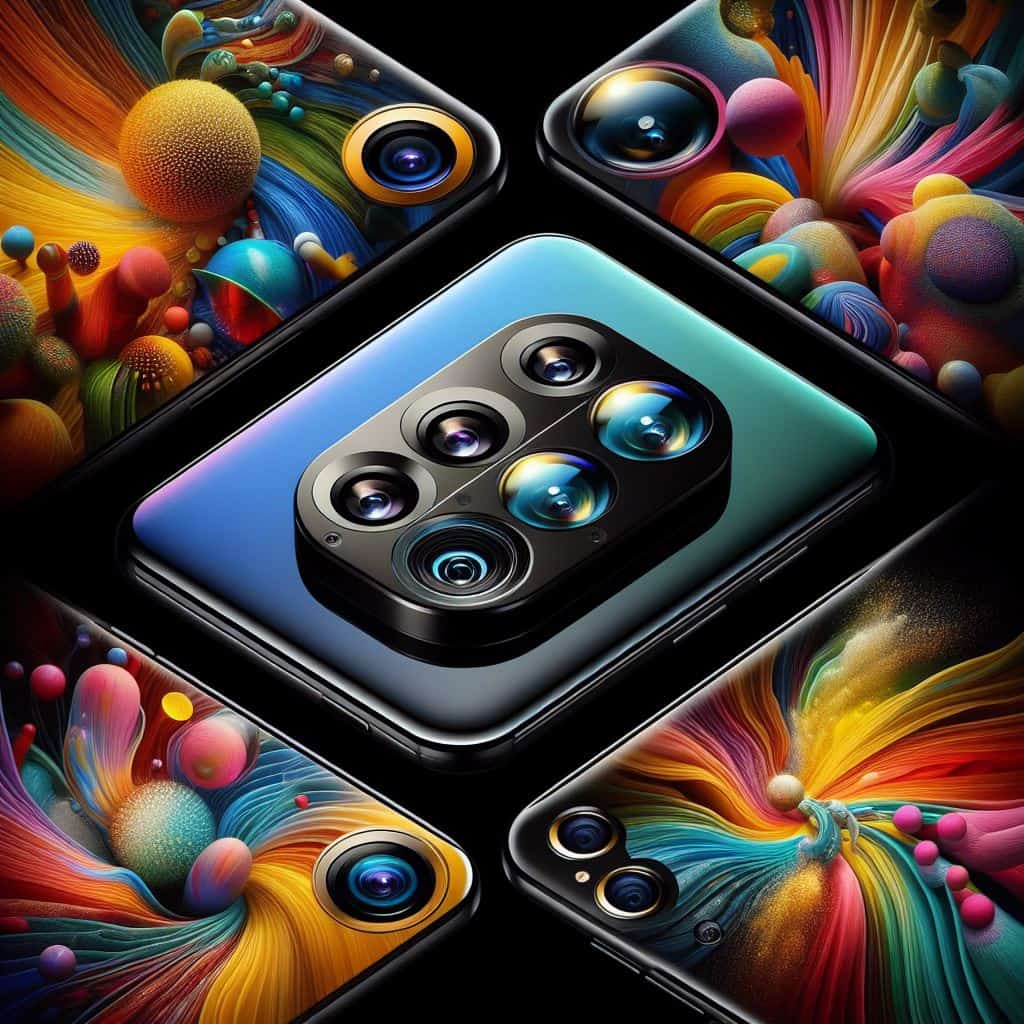 Before smartphone cameras were good enough to actually be useful, most of us used dedicated point-and-shoot digital cameras. These low-end digital shooters have all but faded away as phone cameras have steadily improved. However, one category of camera still has yet to be supplanted by phone snappers – high-end DSLRs (digital single lens reflex) and mirrorless cameras. These have been the shooters of choice for pro photographers because even though smartphone cameras have improved hugely, there’s still a sizeable gap between the image quality of phones and pro photography gear.
Before smartphone cameras were good enough to actually be useful, most of us used dedicated point-and-shoot digital cameras. These low-end digital shooters have all but faded away as phone cameras have steadily improved. However, one category of camera still has yet to be supplanted by phone snappers – high-end DSLRs (digital single lens reflex) and mirrorless cameras. These have been the shooters of choice for pro photographers because even though smartphone cameras have improved hugely, there’s still a sizeable gap between the image quality of phones and pro photography gear.
That said, 2024 is shaping up to be the year that smartphone cameras could start encroaching on DSLR territory. This will be thanks to enhanced image sensors, improved lens technologies, AI and computational photography.
Smartphone manufacturers such as Samsung are incorporating larger sensors with more megapixels. Samsung’s hotly anticipated flagship, the S24 ultra, is rumoured to come with a whopping 200MP image sensor on its primary camera. More megapixels make for better light capture and low-light performance. Many of these new image sensors will also pack features such as dual-pixel autofocus and a much wider dynamic range. Both of which will deliver crisper and more vibrant images.
As the old saying goes, in front of any good image sensor is a great lens. Multi-lens setups and increasingly larger apertures will provide more creativity and cool effects such as depth of field. Add to this improved image processing smarts and enhanced image quality, less image noise with low light and a host of other shooting capabilities not even thought of yet are set to appear in 2024.
AI is looking set to play a huge role in improved smartphone photography. While AI will improve images captured with smartphone cameras, the least obvious (and ironically most important) camera space bump will be AI Auto-Focus/Exposure. Using AI and NPU silicon, scenes can be instantly analysed in near real-time, so the best settings for focus and exposure are used. Even better still, AI should also allow smartphones to dynamically adjust focus/exposure settings on the fly to ensure you consistently capture sharp, balanced images with your smartphone.
In addition to AI, expect periscope zoom capabilities to become more widespread, allowing smartphone cameras to do a better job with zoomed images without resorting to digital zoom and its resulting degradation of image quality.
The Rise of China (Again)
 While both Samsung and Apple are likely to continue to remain the biggest smartphone players, competition from Huawei, Xiaomi, Oppo, and Nokia is expected to ramp up significantly in 2024. In China (the world’s biggest smartphone market), Huawei has experienced a huge renaissance. This has been driven by its P60 range. During Q3 2023, Huawei’s share of total sales in China increased by 6% compared to the same period in 2022. According to the folks at Kantar, Apple’s Chinese sales did not experience similar growth, and neither did Google’s Pixel range. This growth and the emergence of 7nm silicon out of Chinese chipmakers has happened in the midst of the US’s increasingly futile tech sanctions, which hints at growing competition from Chinese-made smartphones globally. Regardless of how you might personally feel about the sanctions, the upshot is that a resurgence of Chinese smartphone brands will drive greater competition, in which you, the humble consumer, will be the real winner. What’s not to like?
While both Samsung and Apple are likely to continue to remain the biggest smartphone players, competition from Huawei, Xiaomi, Oppo, and Nokia is expected to ramp up significantly in 2024. In China (the world’s biggest smartphone market), Huawei has experienced a huge renaissance. This has been driven by its P60 range. During Q3 2023, Huawei’s share of total sales in China increased by 6% compared to the same period in 2022. According to the folks at Kantar, Apple’s Chinese sales did not experience similar growth, and neither did Google’s Pixel range. This growth and the emergence of 7nm silicon out of Chinese chipmakers has happened in the midst of the US’s increasingly futile tech sanctions, which hints at growing competition from Chinese-made smartphones globally. Regardless of how you might personally feel about the sanctions, the upshot is that a resurgence of Chinese smartphone brands will drive greater competition, in which you, the humble consumer, will be the real winner. What’s not to like?






